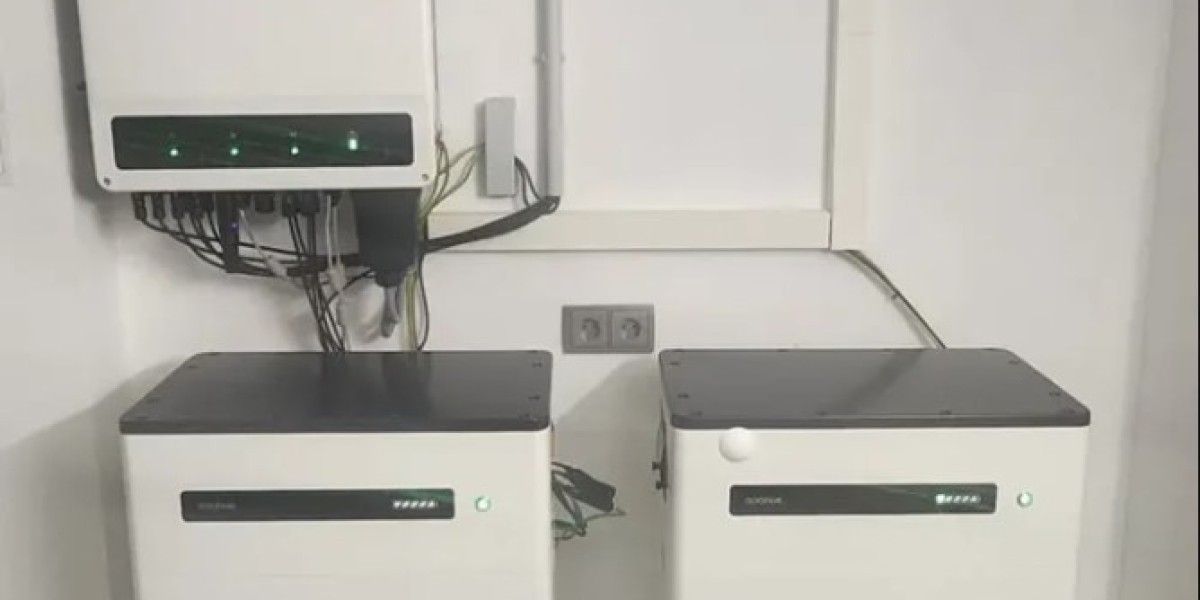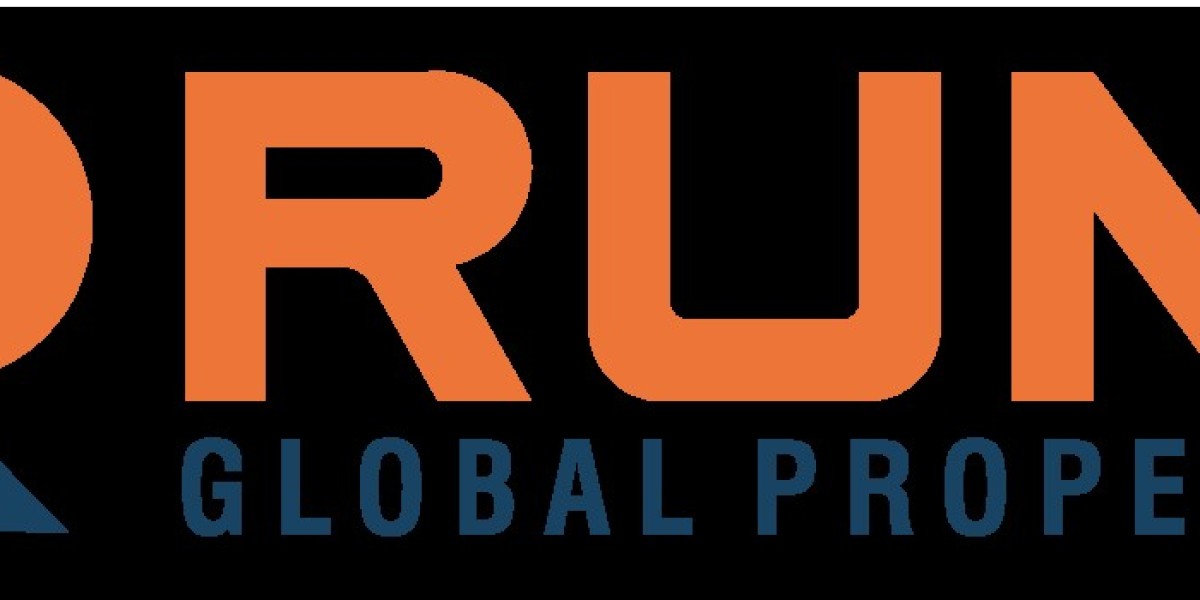Business travel is a routine part of many job roles, and companies typically provide a traveling allowance to reimburse employees for expenses incurred during such trips. However, many employees are unaware of the correct procedure to claim this allowance. Following the proper steps not only ensures timely reimbursement but also helps maintain transparency. Here's a detailed guide on how to claim traveling allowance for business trips.
1. Understand Your Company’s Travel PolicyBefore planning your trip, it is essential to review your organization’s travel and reimbursement policy. This document outlines:
What expenses are covered
Reimbursement limits for transport, accommodation, and meals
Required documentation
Approval process and timelines
Familiarity with the policy helps avoid unexpected issues later during the claim process.
2. Get Pre-Approval for the TripMost companies require employees to seek approval before undertaking business travel. Submit a travel request form that includes:
Purpose of the trip
Estimated travel dates and itinerary
Projected budget
Preferred mode of transport and accommodation
Once approved, keep a copy of the approval email or form for future reference.
3. Keep All Receipts and TicketsMaintaining accurate records is critical for claiming traveling allowance. Collect and safely store the following:
Travel tickets (flight, train, taxi, etc.)
Hotel bills
Meal receipts
Toll and parking slips
Any miscellaneous work-related expense bills
Digital copies are usually acceptable, but check with your HR or finance department for specific requirements
4. Track Your Expenses in Real TimeIt is advisable to log your expenses daily during the trip. You can use a spreadsheet or a mobile app for better organization. This practice ensures that you don't miss any item while filing the claim and helps maintain transparency
5. Fill Out the Travel Expense Claim FormAfter returning from your business trip, fill out the company’s travel expense claim form. Include:
Travel dates
Purpose of the trip
Detailed list of expenses with corresponding receipts
Mode of transportation
Total claim amount
Be honest and accurate to avoid delays or rejection.
6. Attach Supporting DocumentsAlong with the claim form, submit all required documents:
Original or digital copies of receipts
Boarding passes or travel tickets
Hotel invoices
Approval letter or email
Any other relevant proofs of expenditure
Incomplete documentation can lead to claim rejection or deduction
7. Submit Within the Allowed Time FrameMost companies have a deadline for submitting travel claims, typically within 7 to 30 days of trip completion. Submitting your claim within the time limit ensures timely reimbursement and avoids unnecessary scrutiny
8. Follow Up If NeededAfter submission, keep track of the approval process. If the claim is delayed beyond the usual processing time, follow up with the HR or finance team. Clarify any doubts they may have about specific expenses.
9. Know the Tax ImplicationsTraveling allowance for official business trips is generally not taxable, provided you submit valid proofs. However, any lump sum or fixed allowance without documentation might be considered taxable income. Consult your finance team or a tax advisor for details.
10. Avoid Claiming Personal ExpensesEnsure that all expenses claimed are strictly work-related. Expenses such as personal meals, leisure activities, or family accommodations should not be included in the claim. Submitting non-eligible expenses can lead to claim rejection and disciplinary action.
ConclusionClaiming traveling allowance for business trips is a straightforward process if you follow the correct steps. Always plan your travel with prior approval, maintain detailed records of your expenses, and submit complete documentation within the specified time frame. Understanding and following your company’s policies ensures a hassle-free reimbursement experience.







